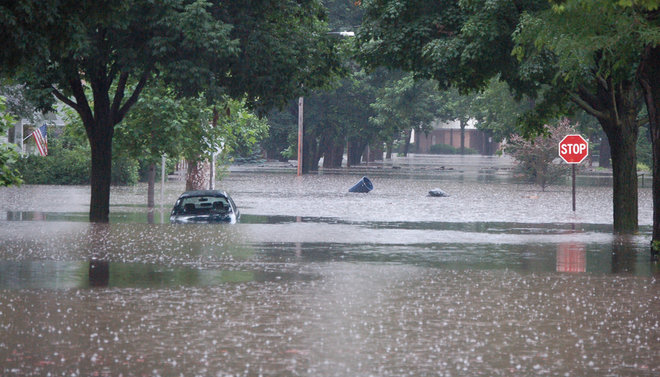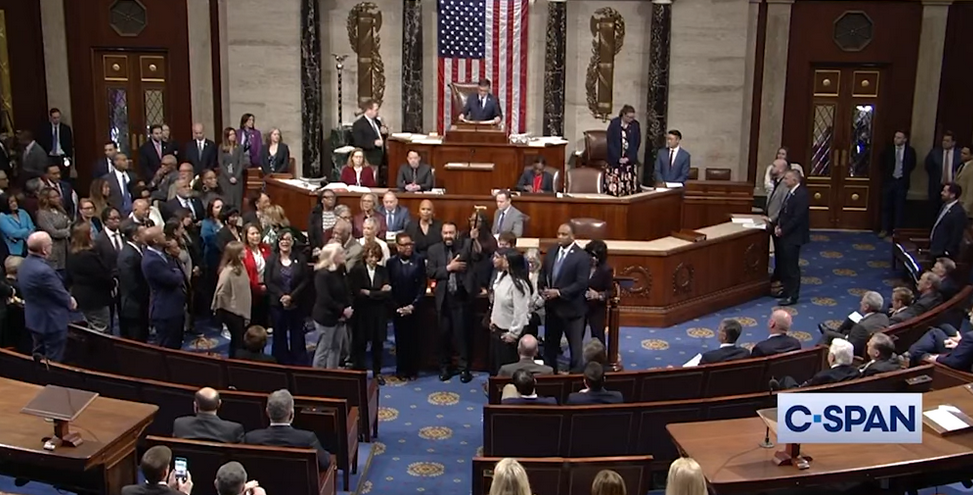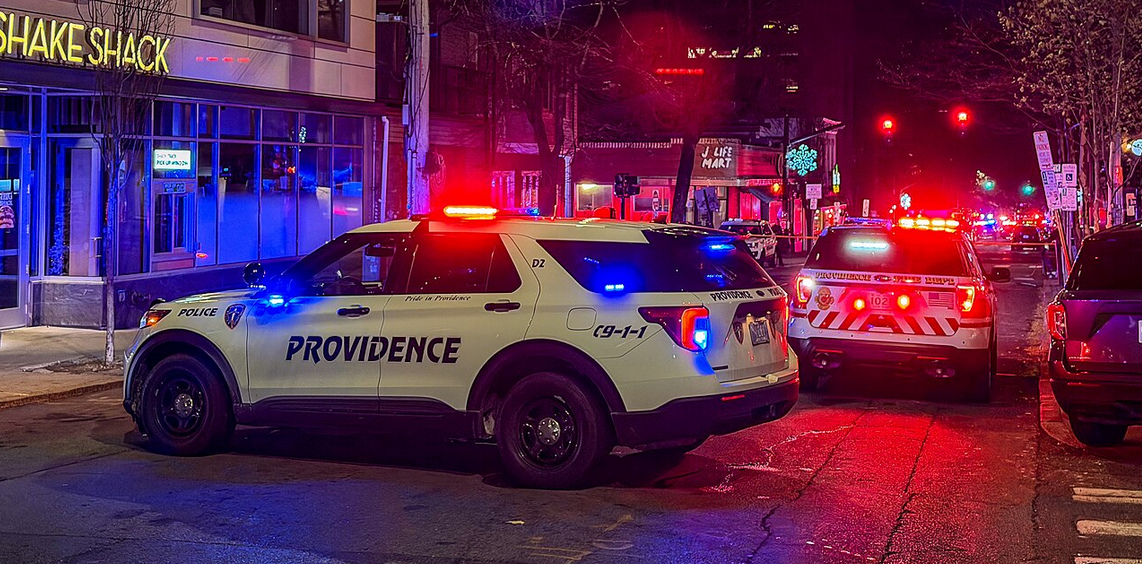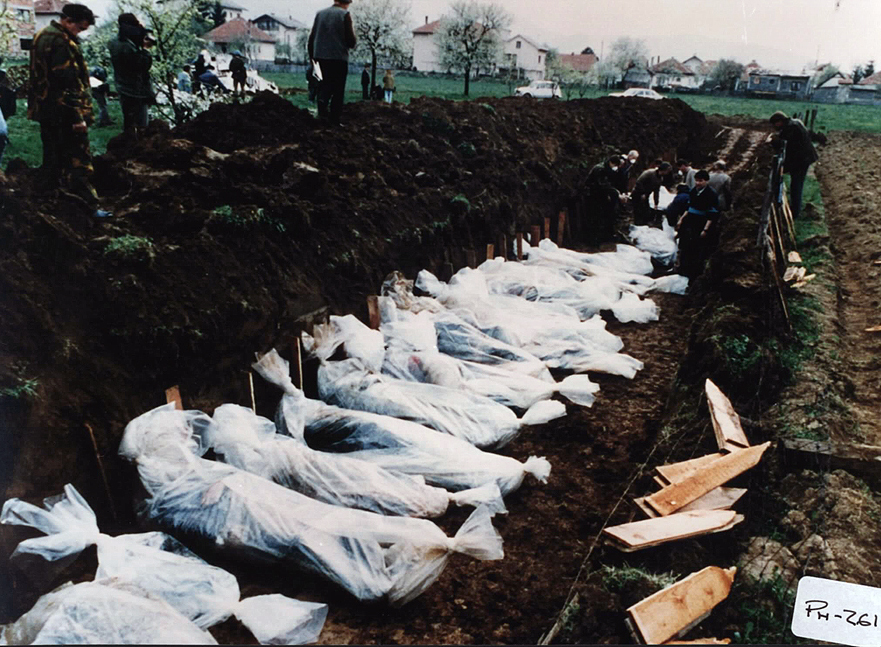By Marcus T. Coleman Jr.\Director of the DHS Center for Faith-Based and Neighborhood Partnerships.
Photos: Wikimedia Commons
Although I’m early in my art collecting journey, I have a Bisa Butler. Well…kind of; I own a poster of Bisa Butler’s Southside Sunday Morning from her portraits collection. If I lost it, or any of my family treasures in a flood, house fire or some other climate related disaster, I would be devastated. Losing any of Ms. Butler’s original works of art, or any work of art for that matter, would sadden millions, and if we refuse to take collective climate action, it could happen. More to come on the steps we can take.
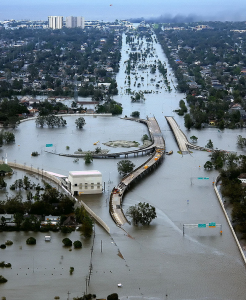
Flooding is the most common and costly natural disaster in the United States. The risk of flooding is constantly increasing due to climate change along with rising sea levels, wildfires, changing precipitation patterns and more. Climate change also poses a major threat to Black museums according to the Association of African American Museums (AAAM). A report from McKinsey and Company continue to “show how extreme weather can put the prospect of Black livelihood, well-being, and socioeconomic mobility at greater risk.” That means for artists, art institutions and art collectors (however novice they may be), we must strive toward collective action on mitigating the impacts of the climate crisis.
National Endowment for the Arts (NEA) Chair, Dr. Maria Rosario Jackson, the first African American and Mexican American woman to serve as chair of the NEA, is leading the charge through initiatives like artsHERE to encourage climate action aligned with President Biden’s 2022 Executive Order to Promote the Arts, Humanities, and Museum Library Services.
FEMA is joining her call to action, committing to implementing changes that support direct investment of disaster mitigation, preparedness, response and recovery resources for artist and cultural institutions.

As we heed the call for climate action at the intersection of African Americans and the Arts, there are three actions you can take with us that promote climate action in your community:
- Encourage more art-inclusive hazard mitigation projects in your community. Art is all around us—in murals, sculptures, literature and music. It has the power to spark conversations, build risk awareness, grow a community’s intuitive understanding of place and boost civic pride that can strengthen climate resilience-building efforts. FEMA’s Inspiration Books: Arts and Experiential, Building the Foundation for Arts and Experiential Learning Partnerships for Mitigation and Resilience, showcases examples of arts and experiential learning projects from around the world that relate to sustainability, resilience, climate adaptation and hazard mitigation. Your voice is key in starting conversation, engaging with new audiences and more.
- Equip the artists and art institutions you care most about with resources. FEMA is simplifying the disaster assistance process so entrepreneurs, gig workers and other self-employed individuals can more easily reopen their businesses after a disaster. In addition, artists and art institutions can use FEMA’s Art and Culture: Helping People Before, During, and After Disasters or check out the Smithsonian Cultural Rescue Initiative for a wealth of other resources.
- Preserve your art and other important family treasures. You can use the same resources and guidance I would use for my art collection or other important family treasures by taking these steps to save your family treasures, documents and papers.
As Vice President Kamala Harris stated, “It is clear that the clock is not only ticking, it is banging. And we must act.” We can act alongside artists, through the arts and in support of art institutions, and together bridge the gap toward driving investment in action and meet this moment to build a better, cleaner, healthier future for generations to come.
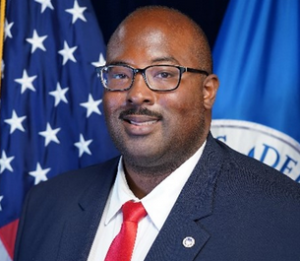
Marcus T. Coleman Jr. is the director of the Center for Faith-Based and Neighborhood Partnerships at the Department of Homeland Security, one of several Centers of the White House Office of Faith-Based & Neighborhood Partnerships.
Disclaimer: FEMA does not approve, endorse, certify, or recommend any individuals, firms, or products. The opinions and assertions expressed herein, particularly those in relation to the art collection journey of the writer, are those of the writer, and do not reflect the official policy or position of FEMA or DHS.
